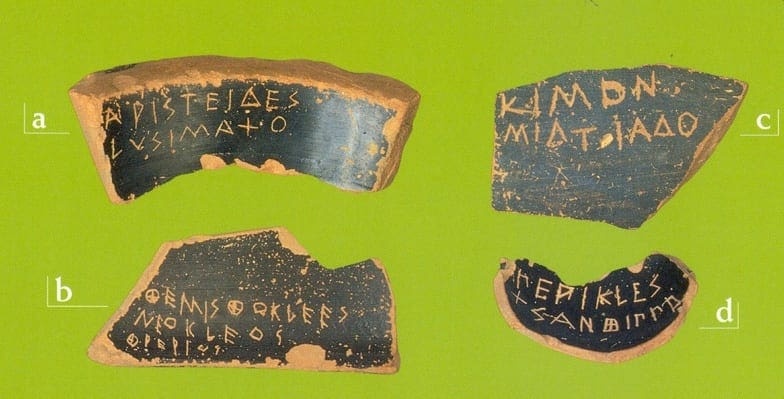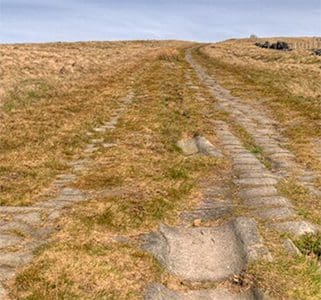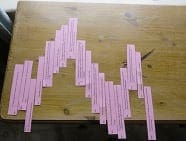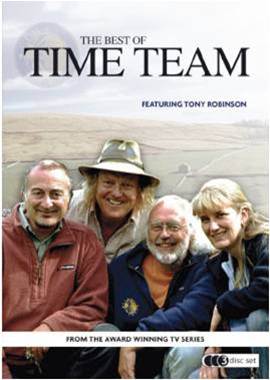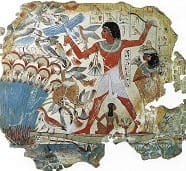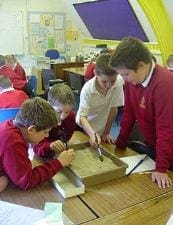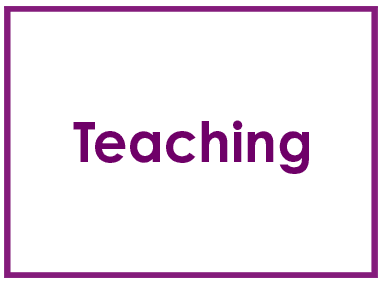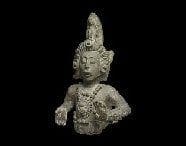
Containing 6 motivating key questions, designed to bring out the central historical skills and concepts related to this topic, as well as ideas for a home study and assessment task, this is the most detailed KS2 age-specific guidance you will find. The learning is built up progressively as the topic develops, until towards the end of the topic when pupil’s deeper understanding is assessed. Whilst we have provided a comprehensive guide we have also left enough space for you to diamond polish the whole scheme by adding your own ideas. The detailed medium-term plans for teaching the Maya at Key Stage 2 have now been completed and the planner can be downloaded from the medium term planning section.
Using a variety of fit for purpose leaning activities, the planner links the learning strategies directly to specific well-chosen objectives which are pitched at the right age group, in this case Y5. Usually there are suggestions for differentiation within the objectives, activities and resources columns. For example there are numerous suggestions for how to increase the level of challenge or to simplify by presenting fewer ideas, in a different order, or medium.
Image of statue of the Mayan Maize God above © The Trustees of the British Museum
Lessons/ Smart Tasks
Why do we study the Maya in history? Key Question 1
Following a brief introduction to locate the Mayan civilization in time and place, pupils’ first task is finding out for themselves possible reasons why the Maya were such a significant society, worth studying in school by means of a gallery of images. There are no ‘right’ answers, at this stage. We merely want pupils to become curious, feel that they are learning quickly on their own, and working things out for themselves. This is strengthened by the Spectrum activity. Finally pupils predict what a short video on the topic should include.
When so much of the land they lived in was mountain and jungle, how did the Maya manage to become so important? Key Question 2
Pupils use a range of clues culminating in a diamond-4 prioritising activity to solve the history mystery as to why this civilization was able to flourish in such inhospitable terrain.
What was life like at the height of the Mayan civilization? Key Question 3
An overview lesson. Having been introduced to the nature of Mayan society with its clear hierarchy, and having seen various models and artists’ impressions of life in Mayan city states 1,200 years ago, pupils are asked to use their creative imaginations to produce a brief tour guide of a typical city.
How can we possibly know what life was like for the Mayan people 1,000 years ago? Key Question 4
This fully resourced, multi-faceted enquiry ranges from scene-setting story telling, and making deductions (using the strategies Zones of Inference and Prove it!), through to creative uses of evidence with Call My Bluff and Curator’s dilemma. At the heart is pupils asking and answering, historical questions showing an ability to analyse logically and think imaginatively.
If the Maya were so civilized why then did they carry out human sacrifice? Key Question 5 Smart Task
This activity revolves around a strategy called spectrum. Instead of seeing things as ‘black and white’ pupils are encouraged to look at more subtle shades of opinion. The focus is a sensitive one, but with careful handling it should serve to help pupils see the other side of arguments and be thoughtful in weighing up the evidence. Please note that this can be a delicate issue to be treated with care. Whilst some pupils will be quite blasé about humans sacrifices, others will not. We have deliberately tried to downplay this aspect but it would be a gross distortion of what was a central element of Mayan beliefs if we avoiding discussing it altogether.
Can we solve the riddle of the decline of the Maya? Key Question 6
When there are apparently 88 competing theories about the end of the Mayan civilization where do pupils start? Well, having asked them to predict possible reasons they are then placed in research teams. Each team has to advocate its particular theory with Professor Combo’s group of the most able having the unenviable task of synthesising all the ideas. They visit the evidence bank, carefully select only relevant material and then, against the clock make their case.
Important note: Resourcing individual lessons and smart tasks. Many of you have kindly complimented the planning we have provided for all the new KS2 topics. We’re pleased that you have found it helpful. You will notice that we have tried to show the nature of all the activities and accompanying resources necessary to meet the learning objectives. This does not mean that all the resources are immediately ready to download and use: we are developing and refining them as we trial them. For all of us, these topics are very new and only gradually are quality resources emerging. OFSTED knows this. So please be patient. We don’t want to upload mediocre material for the sake of having something there. We very much follow General Patten’s dictum “ Never tell people how to do things. Tell them what to do and they will surprise you with their ingenuity”. Our planning strongly follows this approach. After all, a good resource only becomes a great one when you modify it for your pupils.
Why I should choose the Maya
- The civilization is unique and pupils genuinely feel they are learning something completely new. It is on the curriculum because it is an interesting society in its own right: not just because it was part of the story of Western European expansion. This encourages pupils to ask interesting questions e.g. why has the Mayan calendar got only 260 days when ours has 365?
- The central belief epitomised in the God of maize raises interesting creation myths which link to pupils work in RE. Learning about another cultural system, one where there is human sacrifice demands great maturity if pupils are to accord the practice dignity and respect. As such it is a good Y5/6 counter-weight to a study of Egypt in Y3/4.
- Some of their artistic work is phenomenal.
- Pupils can make links to work on Ancient Egypt e.g. stepped pyramids.
- It is an interesting opportunity to raise ethical issues. If the Maya worship the God of Maize how can they reconcile this to genetically modified crops or biofuel in their cars?
- You can do some great cross-curricular work with Maths as the Maya has base 20 rather than base 10.
Dr Diane Davies writes: The ancient Maya created and sustained an incredible civilization in a rainforest environment and built spectacular temples, pyramids and palaces without the use of metal tools, the wheel, and domesticated beasts of burden. They were the only civilization in the Americas to develop a fully-fledged writing system. Their precise observations of the movements of the sun, moon and stars combined with their advanced mathematical concepts produced calendars and a level of astronomical knowledge beyond that of their contemporaries in Europe. They were also advanced painters, muralists and ceramicists and we have them to thank for the wonder of chocolate!
Resources
Top resources to complement the Keystage history lessons:
![]() 1. The British Museum website
1. The British Museum website![]() 2. Mayan kids
2. Mayan kids![]() 3. Mayan creation myth
3. Mayan creation myth![]() 4. History channelBooks
4. History channelBooks
Avoid being a Mayan Soothsayer (Danger Zone) Paperback – 1 Nov by Rupert Matthews (Author), David Antram (Illustrator) Published by Book House, the imprint of The Salariya Book Company.
A stunningly illustrated and fun book for your KS2 pupils. I use the book to attract pupils’ and then ask the important questions, How did the artists know what to draw? And how would they check it was accurate?

